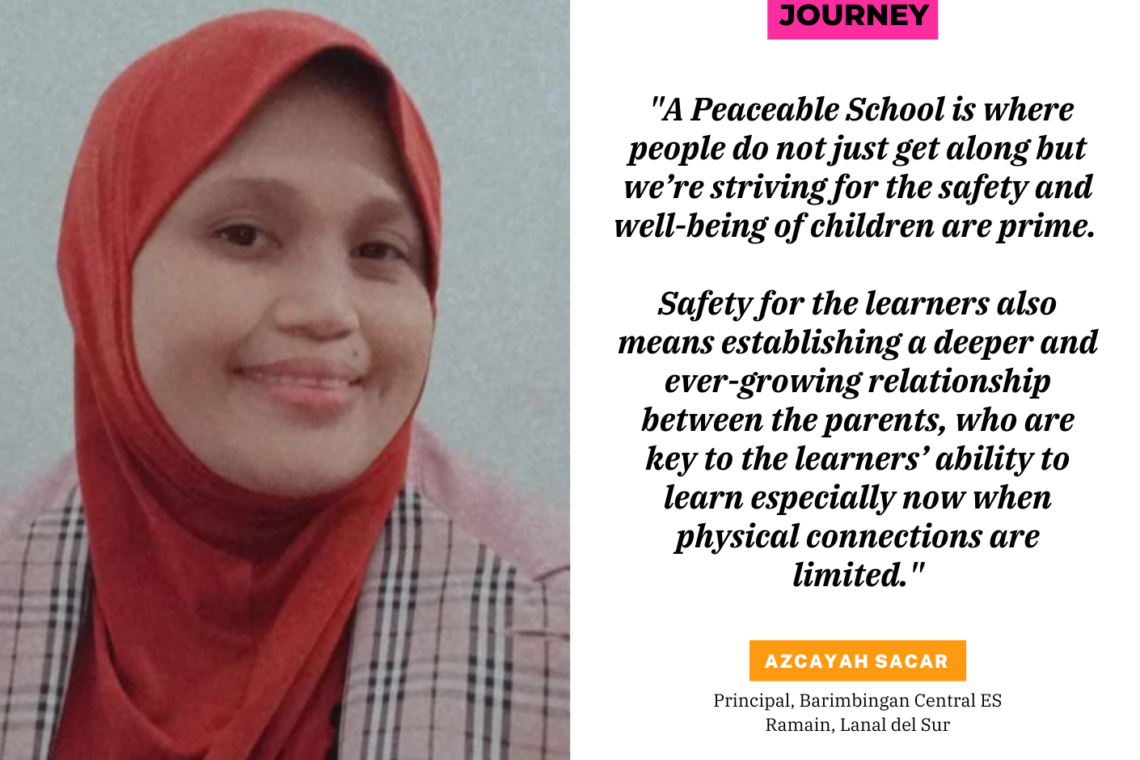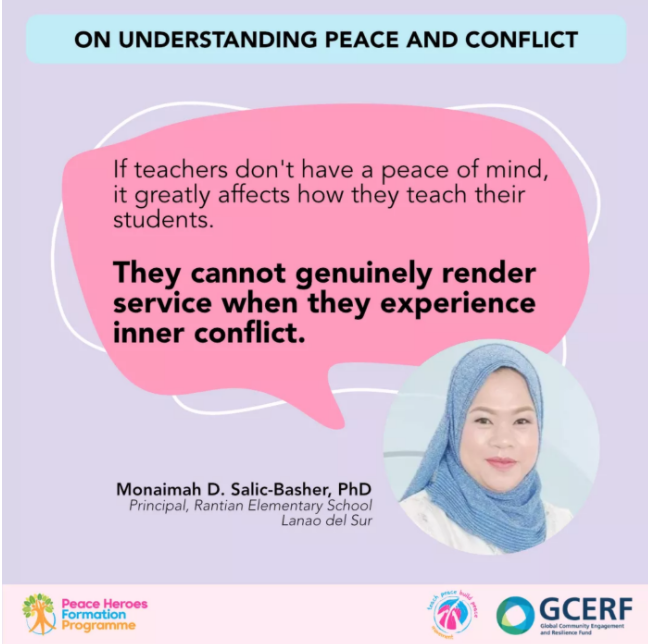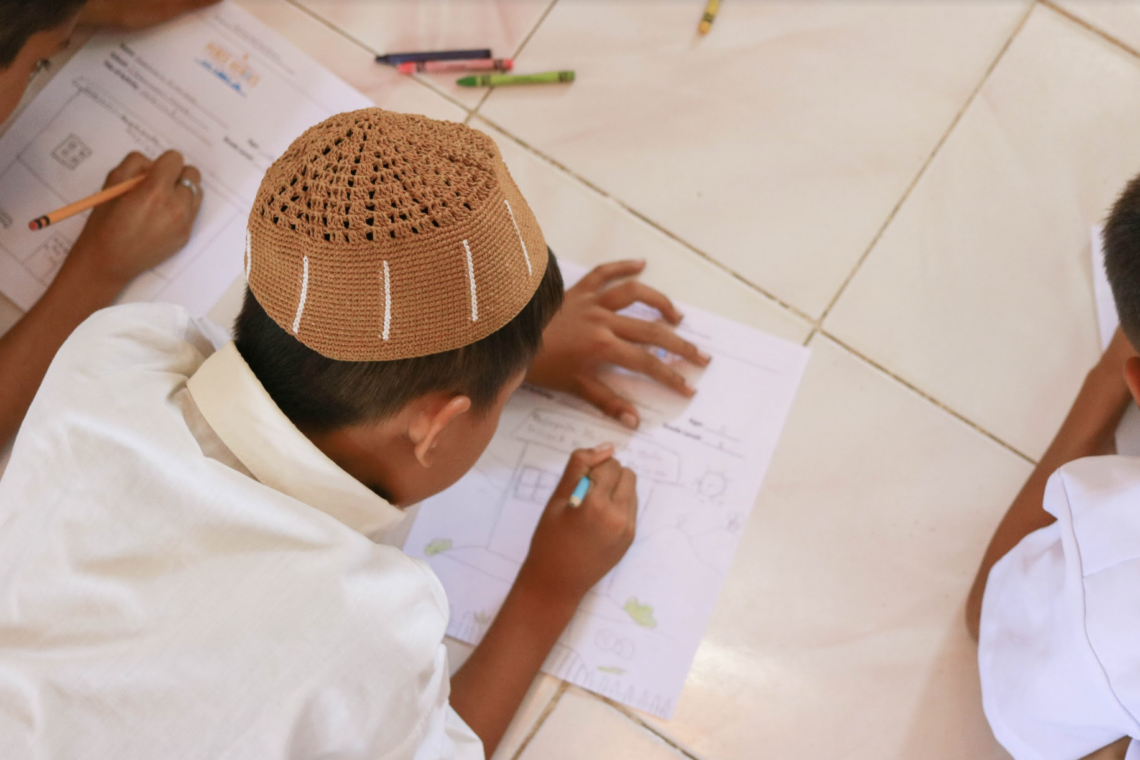Dr. Azcayah Sacar, Principal of Barimbingan Central Elementary School, has always strived to excel as a mother and as a leader, in the school, she is leading. As a person who always strives to give what is best for her family, she also continues to aspire to be a good leader to the school community.
Challenges have always been there, but Ma’am Azcayah shared that this pandemic has made connection difficult, not just with the learners but also with the school community including the parents and the different stakeholders. During module distributions, attendance of parents is inconsistent and schedules are not being followed and in some instances, teachers who reach out to the parents to assist the learners face the challenge of being unwelcomed by the parents because of the risk of getting COVID-19. These made her more determined to bring about a solution to these challenges and to make the school feel more like a close-knit community.
Joining the Peace Education Leadership Formation Course for Educators, Ma’am Azcayah shared that the most impactful session for her was the session on understanding bullying. This has reshaped her perception of making a school safe from all kinds of violence and handling it proactively. Bullying is a kind of violence that should not be taken lightly because it is one of the associated risks in terms of recruitment in violent groups because for the victim, a study entitled When Kids Hurt Other Kids: Bullying in Philippine Schools by Margaret S. Sanapo, a common reaction is being angry with their bullies and this is a motivation to seek retaliation and for the bully who seeks to have power over those who seem weaker. These vulnerabilities increase the likelihood of children being enticed by groups with ideologies of inflicting violence and harm towards another person. In the same study, it was said that teachers’ interventions are short-term.
Having an Anti-Bullying Policy increases accountability among the school community. This also makes the students aware of the school’s efforts and with this, they will also know how to interact with their peers in school and who to go to for conflict resolution and conflict transformation.
Before the Peace Education Leadership Formation Course, her understanding of excellence in leadership was about accomplishing all requirements and compliances. But upon learning about Peace Education, another lens was introduced. It has added the component of fostering relationships with the community. Ma’am Azcayah emphasized that she now makes it part of her goal to establish a deeper relationship with the stakeholders in her school community. Learn to process with them and peacefully negotiate when necessary.
This is now her definition of a Peaceable School. A school where people do not just get along but we’re striving for the safety and well-being of children are prime. This is what gave a growing desire to establish strong Anti-Bullying policies in school that promote Peace Heroism with the children. She shared that there was no Anti-Bullying Policy in their school before. This endeavor is a milestone for the school in strengthening measures and making sure the whole school is part of making the school community more peaceable for the learners, teachers, parents, and other members of the school community.
While many forms of conflict do exist and it is inevitable, this is a step towards making meaningful relationships within the school community. Safety for the learners also means establishing a deeper and ever-growing relationship between the parents, who are key to the learners’ ability to learn especially now when physical connections are limited. This is a strong start to their journey as a school and Ma’am Azcayah is determined to strengthen the commitment through Peace Education Leadership.





